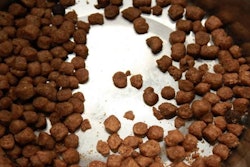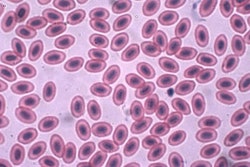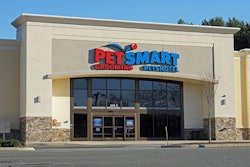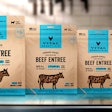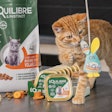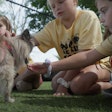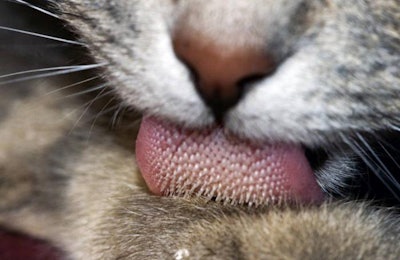
During the first year of their five year strategic collaboration, Biotechnology Research and Information Network (BRAIN) AG and DIANA Pet Food announced that the partners were able to establish proliferating cat taste cells (CTC) with the goal of performing long-term studies on the taste perception in cats. Cell proliferation refers to when a group of cells divides to create new cells more rapidly than they die off, thereby increasing in number.
This CTC-technology is similar to the recently patented and published BRAIN human taste cell (HTC) technology, being used by BRAIN for screening purposes to improve human food formulations in order to reduce calorie (sugar/fat) and salt intake with the diet. Nonetheless, human taste cell lines cannot be used for screening purposes in order to improve pet food palatability, as it is well accepted that human taste and flavor perceptions is far different from that of cats and dogs.
“Palatability performance strongly depends on the interaction between food properties, pet sensory equipment and individual preferences," said Isabelle Guiller, global research and development director at DIANA Pet Food, in a press release. "That is why we believe that the CTC-technology is a promising and potent method to increase our knowledge on cat taste mechanisms. Combined with sensorial testing in animal panels, it will enable us developing increasingly more powerful palatants satisfying cats, thus their owners."
"It is great to see that we were able to achieve that important milestone ahead of time,” Michael Krohn, executive vice president at BRAIN AG said in a press release. “It was of great help for us, though, to transfer the knowledge we achieved on the human taste cell line technology during the last years on the cat taste cells. To our knowledge together with our strategic partner DIANA Pet Food we are the only ones in the world having this novel CTCtechnology in place."


